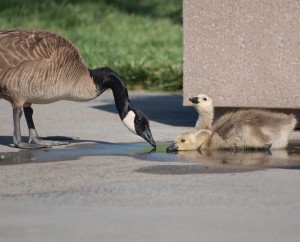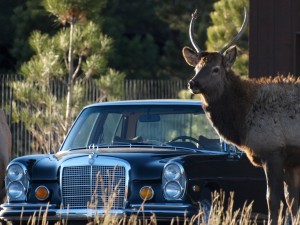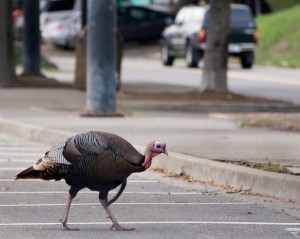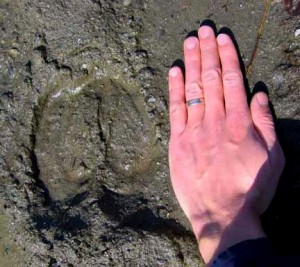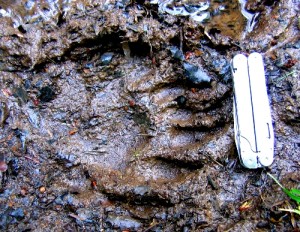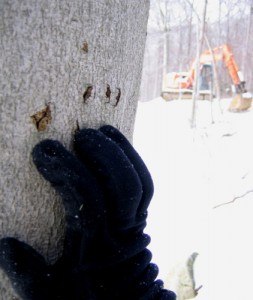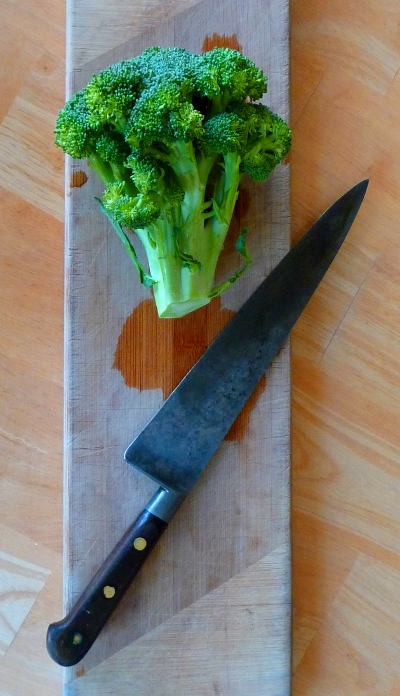 The timing was dead-on.
The timing was dead-on.
Just as I walked past the table, the woman said, “My rule is, ‘I’ll only eat it if I could kill it.’ And I could definitely kill one of those.”
I left the restaurant chuckling. I was thinking how the line echoed one of my reasons for taking up hunting: to face the killing of the fellow vertebrates I had begun eating after a decade of abstention. There would, I felt, be a lesson in that confrontation.
But the line also reminded me how complex our eating is.
As a vegan, my rule had been like hers. I was unwilling to kill animals or keep them penned up—or to have someone else do the killing or penning for me—so I didn’t eat their flesh or even their eggs or milk. I was okay with the killing of vegetables, grains, and legumes. Whether I grew it myself or bought it, the question seemed simple: Was I willing to behead broccoli?
Eventually, though, I came to the uncomfortable realization that harvesting individual plants was not all it took to put vegetarian meals on my plate.
- Was I willing to remove wild plants (trees, grasses, and wildflowers) from a given area, to make room for domesticated plants? Was I willing to evict the wild mammals, birds, reptiles, and amphibians who lived there?
- Was I willing to keep marauding insects and herbivores at bay? If deterrents and repellents didn’t work—if fences were breached or unaffordable—was I willing to kill beetles, woodchucks, and deer so I could eat?
- If not, was I willing to do all of the above by proxy, knowing someone else had done it for me?
Faced with these questions, I had to (A) stop eating, (B) stick my head back in the sand, or (C) make peace with a far more complex picture of what it meant to be alive. I opted for C.
Yet I do still find value in posing the woman’s simpler question, especially when I’m about to eat flesh: Could I kill one of those?
And I still find myself wishing I had seen what was on her plate.
© 2010 Tovar Cerulli

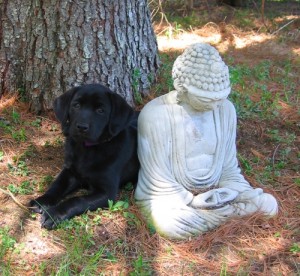
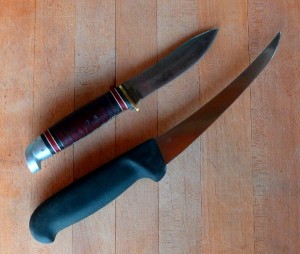 I add the slab of venison to one of the 13×9 pans on the kitchen counter.
I add the slab of venison to one of the 13×9 pans on the kitchen counter.